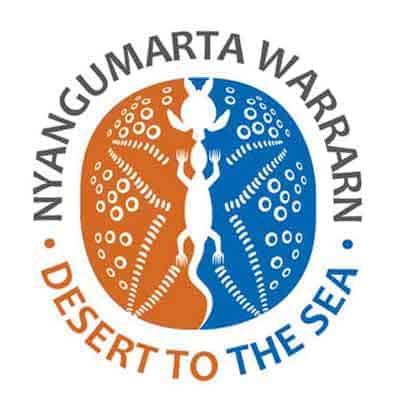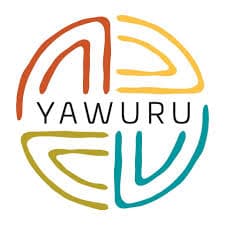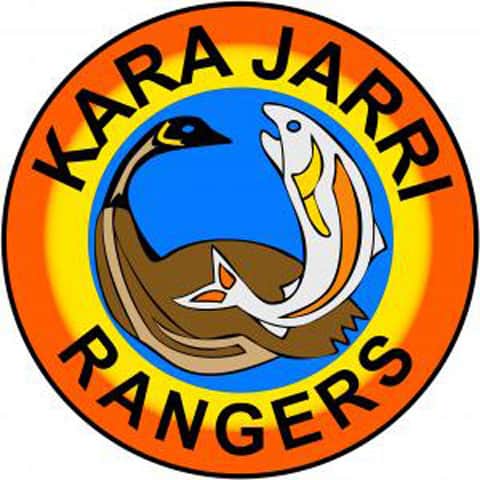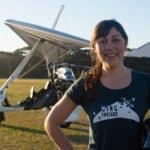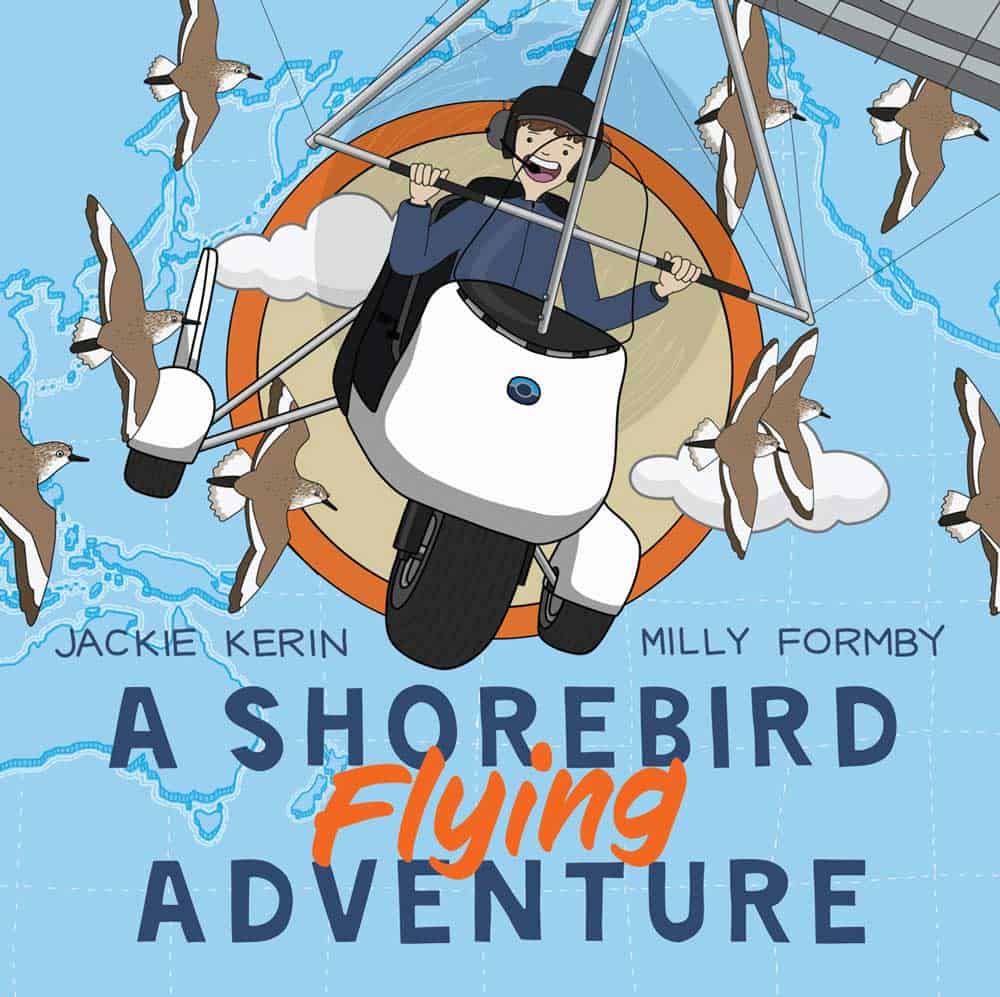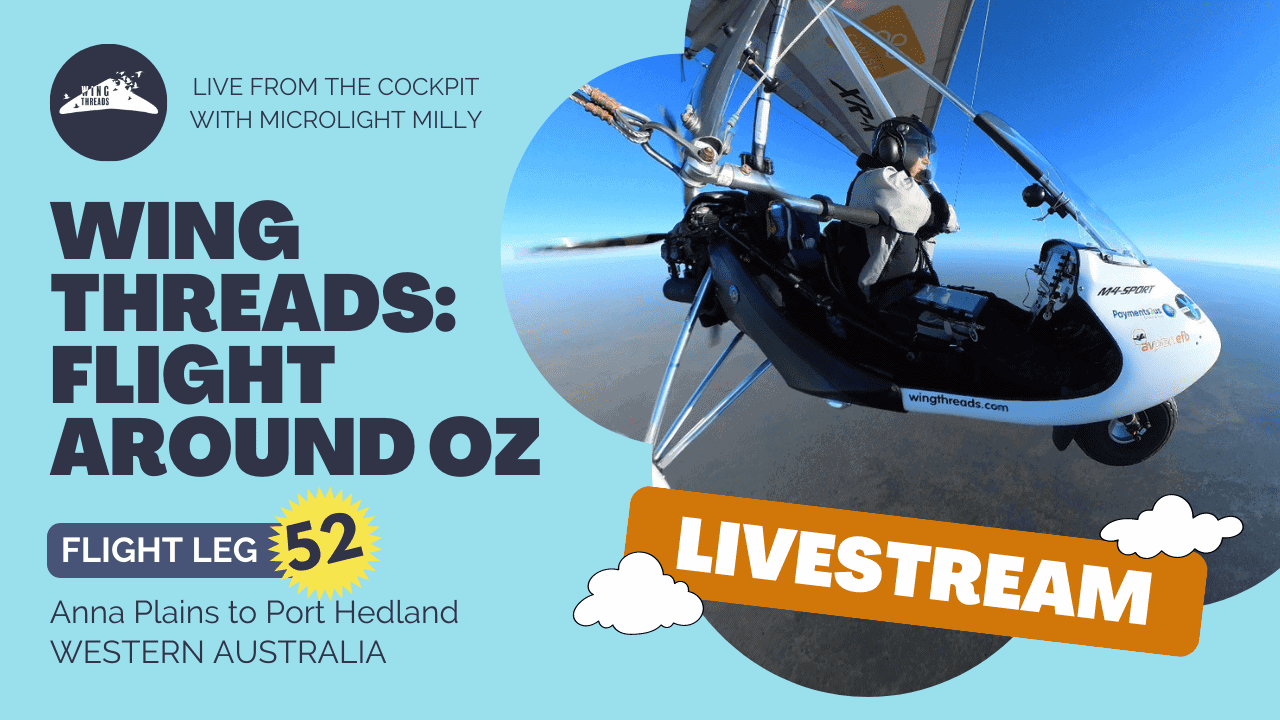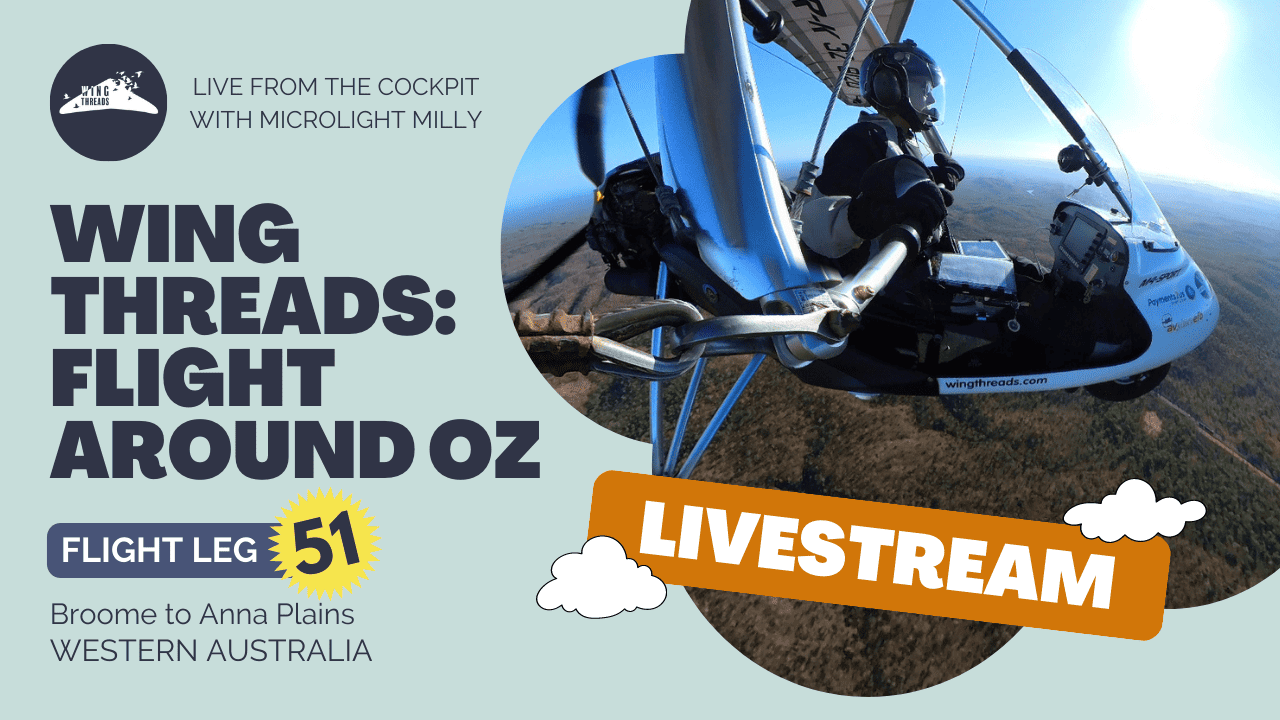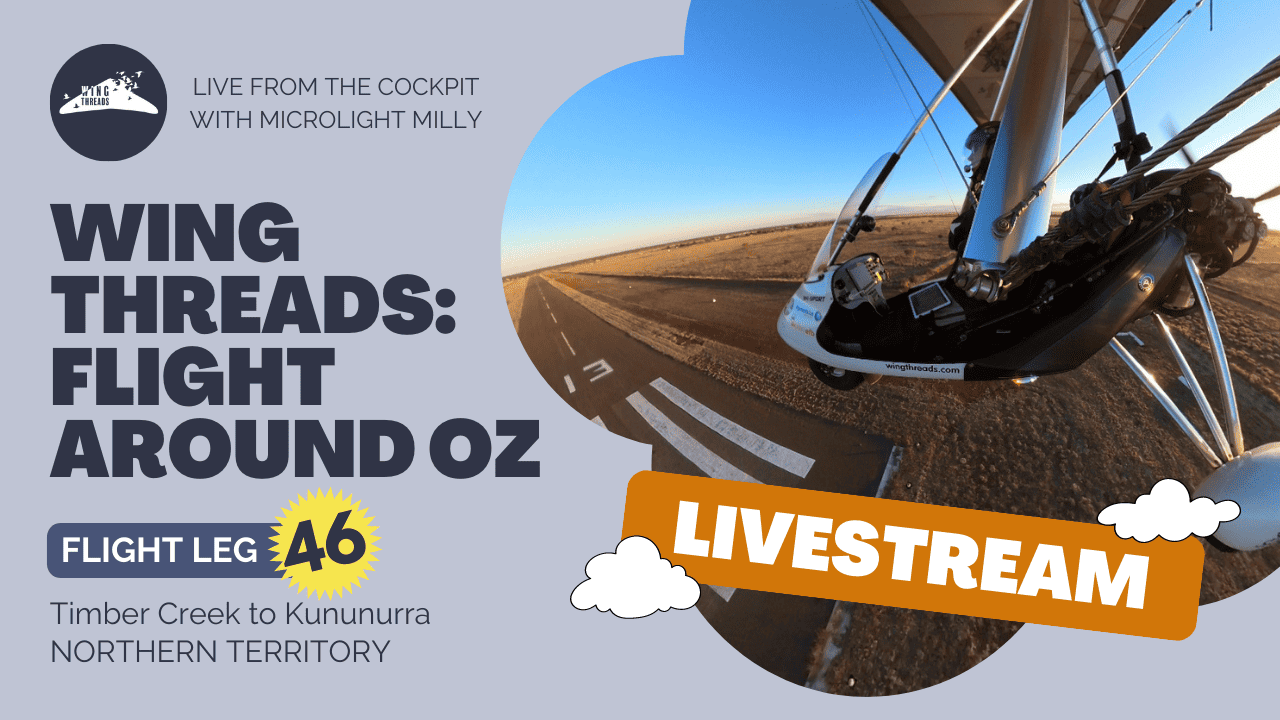The AWSG Satellite Tracking Projects
Background
The Australasian Wader Studies Group (AWSG) has been using satellite transmitters for tracking the migration of shorebirds visiting North West Australia since November 2013 when five 5g satellite transmitters (PTT) were deployed on Little Curlew in Roebuck Bay, Broome. In February 2017 satellite trackers were placed on Whimbrel and in February 2019 on Oriental Plover.
The platform transmitter terminals (PTTs) were programmed to send signals for 10 hours then to be silent for the next 48 hours.
Whimbrel
It was decided to extend the satellite transmitter program to Whimbrel in 2017, with five 5g units being deployed at both 80 Mile Beach (one bird) and at Broome (four birds). This was carried out during the NWA 2017 Expedition, in February 2017. One of these transmitters on the bird from 80 Mile Beach is still functioning.
Oriental Pratincole - Life goes on!
The AWSG deployed 5 satellite transmitters on Oriental Pratincoles (2g PTT units) in February 2019.
It is exciting to track birds with satellite transmitters because up-to-date location data is received as the bird flies or rests after migration. This occurs either in real time or at a maximum of two days behind the recorded event.
In all the craziness life has thrown us all so far, it is fascinating to see the natural world continue as it has always done, oblivious to the human-induced drama.
After two and a half weeks, new location data was received and we know SEP is now in India. SHE and SEC are following 2019 patterns, both on their 2019 breeding sites in Cambodia.
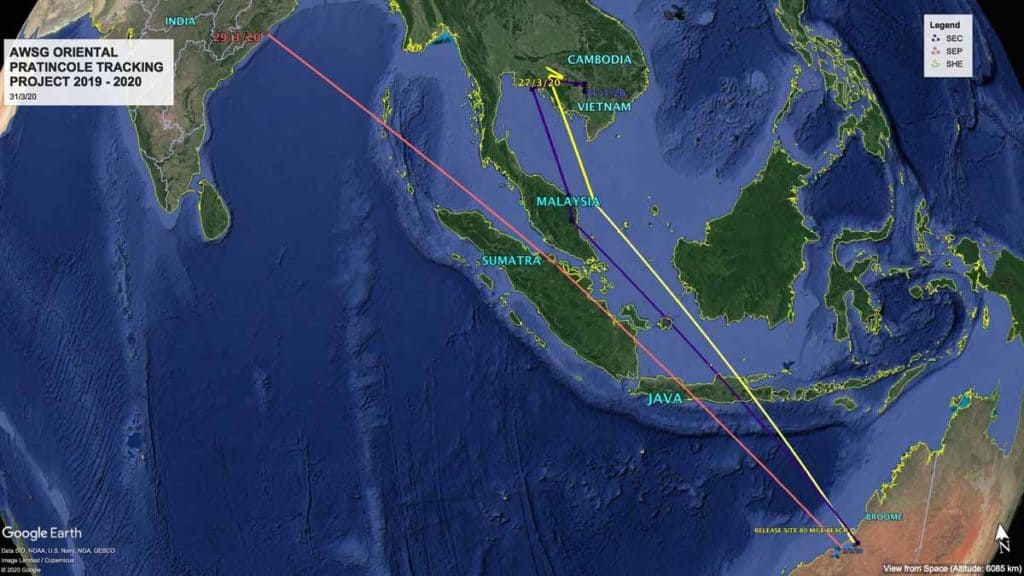
Oriental Pratincoles on the move
A Lakeside View
Leg Flag SHE (PTT 83595)
Once again, it seems SHE has chosen the floodplains of the Tonle Sap Biosphere Reserve for the 2020 breeding season. Arriving in this area around the 15th February SHE is currently 4000 km from the 2019 release site.
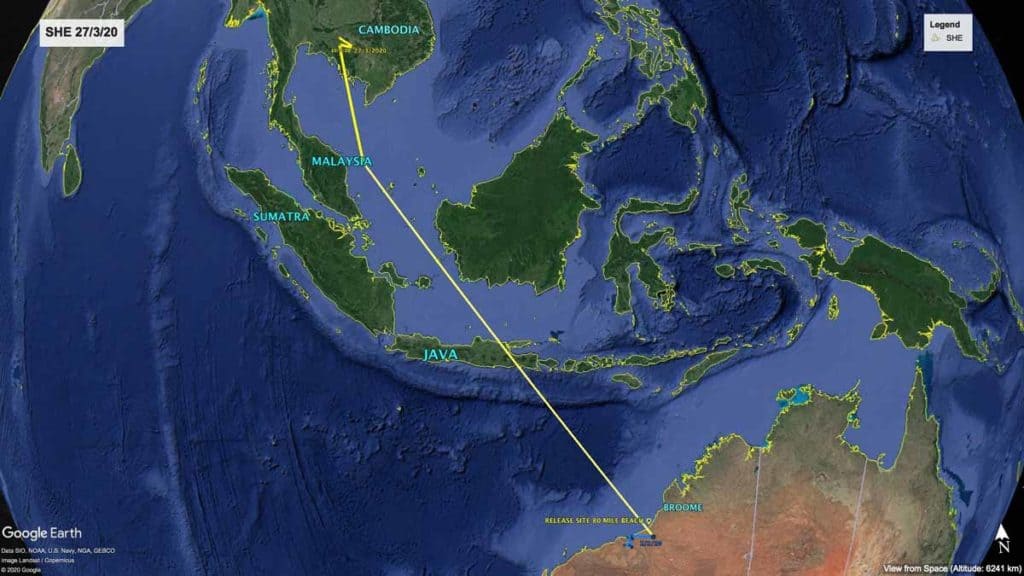
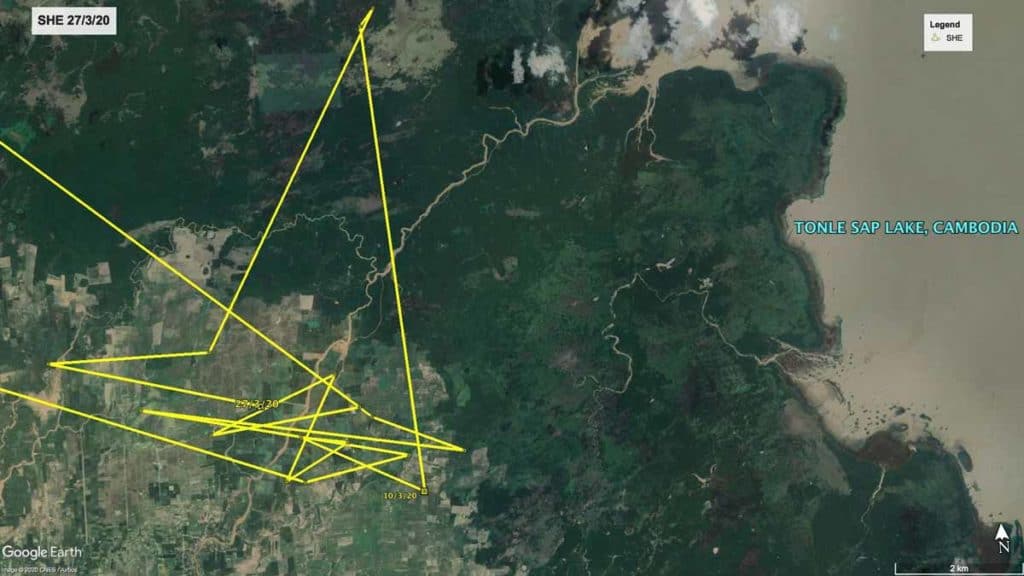
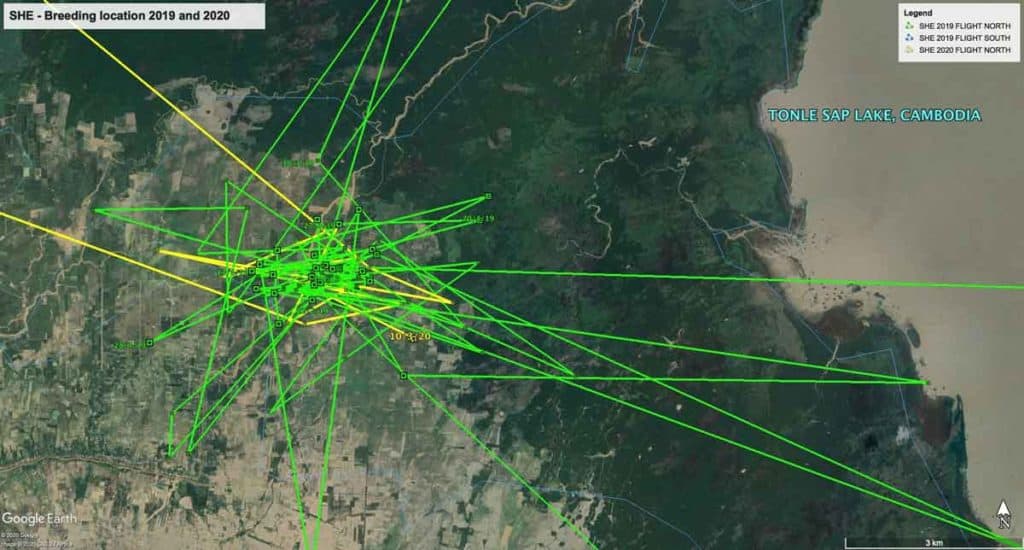
The Great Green Belt of Cambodia
SEC (PTT 83596)
After arriving in the Prey Veng Province on the 8th March, it seems SEC has also settled into its 2019 breeding site 35 km east of Phnom Penh. This area is one of Cambodia’s most important agricultural sites, with a variety of crops such as tobacco, sugar cane and sesame and is also known for the most productive rice yields in the country. SEC is approximately 3870 km from the 2019 release site.
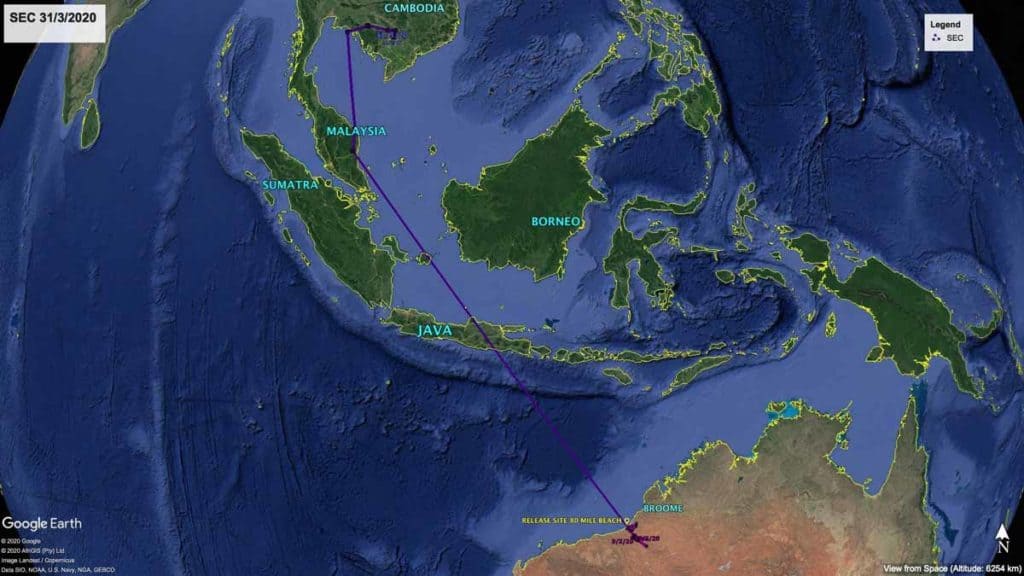
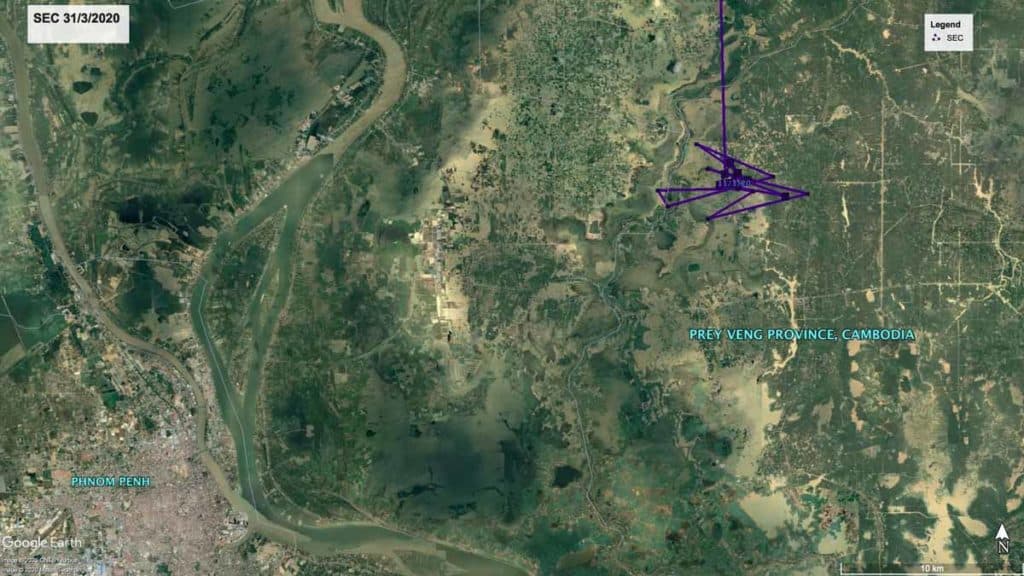
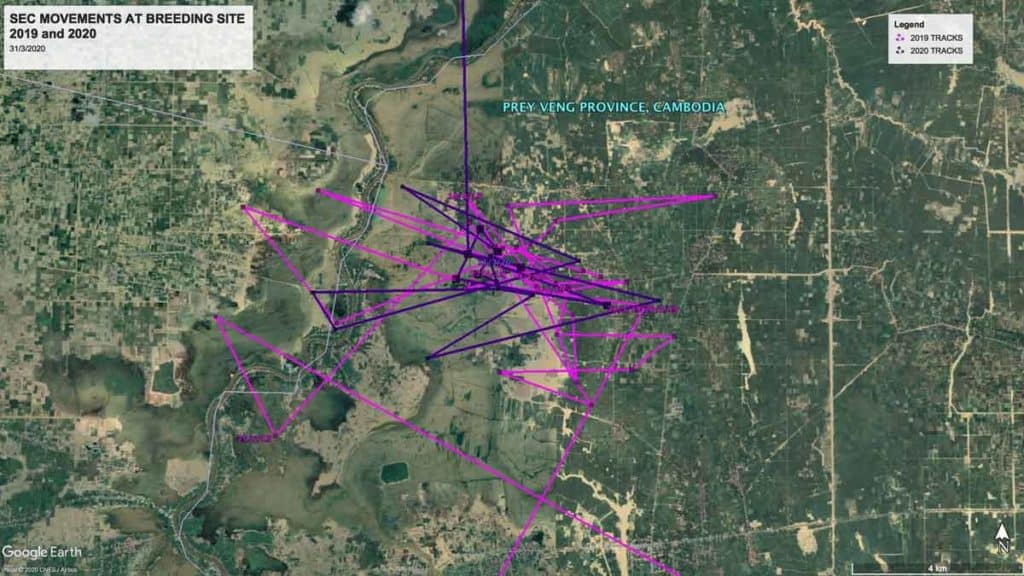
Back in India
WITH INPUT FROM SUBBU SABRAMANYA
Leg Flag SEP (PTT 83593)
On the 12th March location data showed SEP in Sumatra. After another long wait, the next set of data was received on the 29th March positioning SEP in Andhra Pradesh, less than 1 km from Nelavanka, a village of around 4000 people in the district of Srikakulam, where agricultural crops include rice, millet, peanuts and sugarcane. Will SEP make it back to its breeding site in Karnataka?
SEP is currently 5800 km from the Eighty Mile Beach release site.
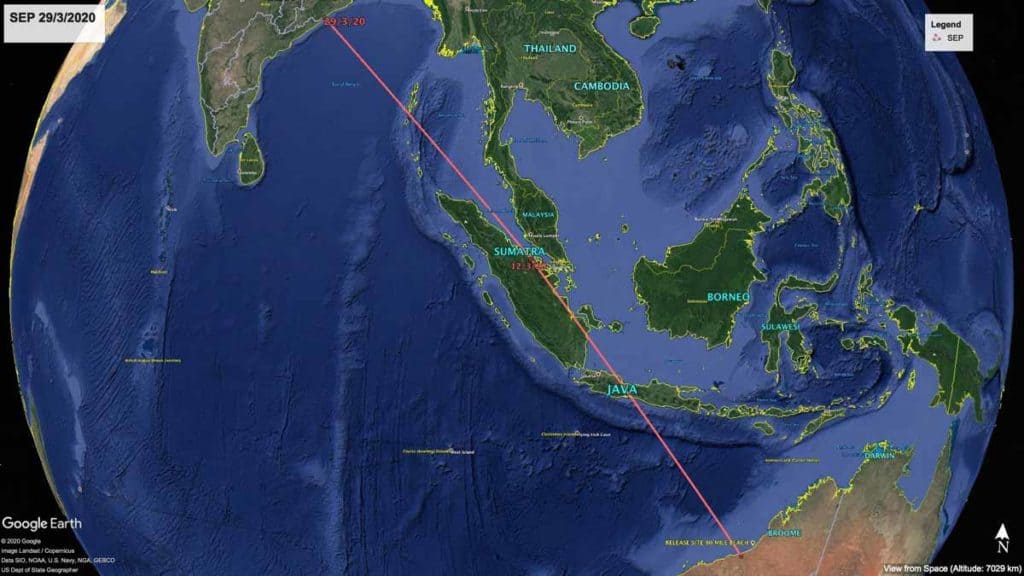
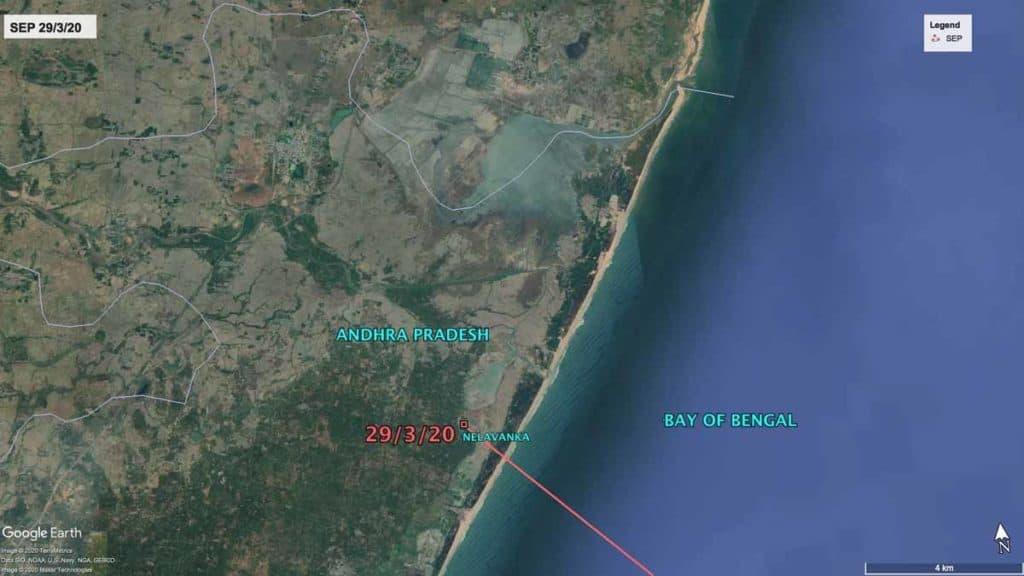
The journey has come to an end
With input from Chung-Yu Chiang
Leg Flag SUN (PTT 83591)
The Journey may have ended for SUN in Taiwan but last week the first Oriental Pratincole were being recorded around the country.
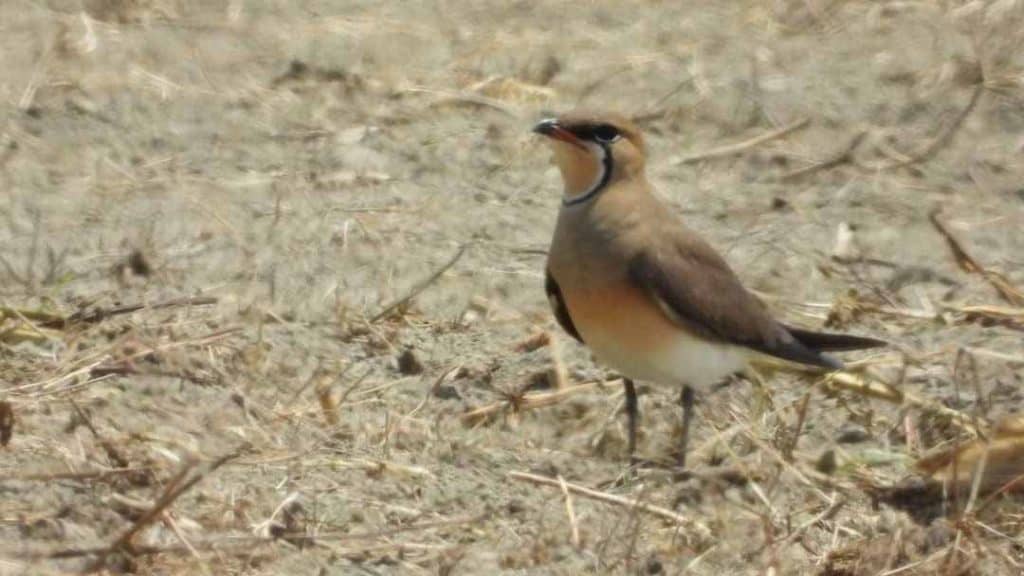
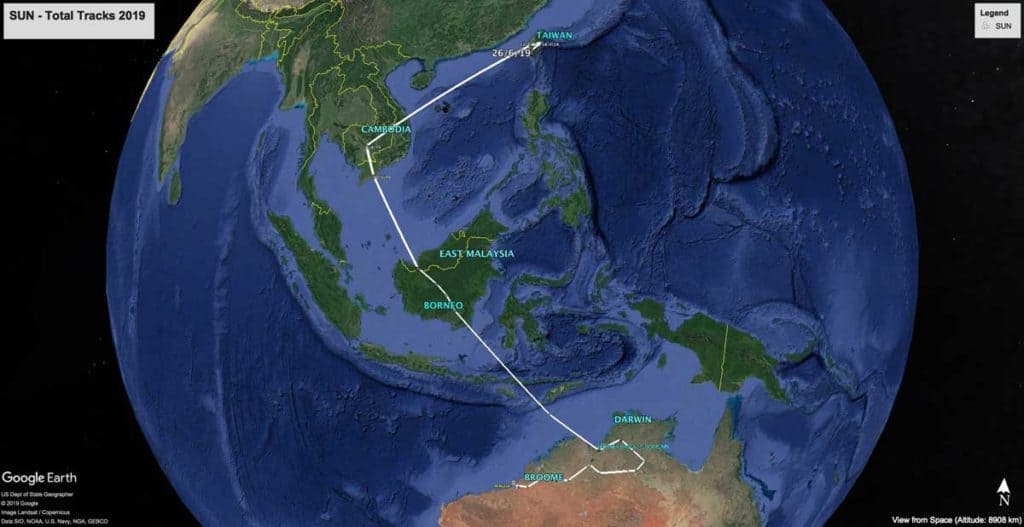
Download a PDF copy of this report – Oriental Pratincole Satellite Tracking Report 23
Acknowledgements
Clive Minton
The extensive and expensive satellite tracking program we have set up in NWA has only been possible through the efforts and generosity of a large number of people and organizations. It is difficult to know where to start with the formal acknowledgements so I will list them – but not in any particular order of priority.
- The members of the AWSG NWA 2019 Wader and Tern Expedition and similar NWA expeditions in previous years, are particularly thanked for their efforts in the field in catching, banding and deploying transmitters on a range of species.
- Landowners are especially thanked for permission to go onto their property to enable us to catch various species in order to deploy the satellite transmitters. In particular we thank Anna Plains Station for giving us the freedom to roam over large areas of grazed grassland when counting and catching target species.
- AWSG acknowledges the Yawuru People via the offices of Nyamba Buru Yawuru Limited for permission to catch birds on the shores of Roebuck Bay, traditional lands of the Yawuru people.
- AWSG acknowledges the Karajarri and Nyangumarta people for permission to catch birds to be marked for this project on the shores of 80 Mile Beach, traditional lands of the Karajarri and Nyangumarta.
- The cost of the satellite transmitters, which cost around $5000 each, and the satellite downloading costs (around $1000-1500 per month) have been met by a variety of sources. Private individuals (Charles Allen and Doris Graham) have made most generous individual contributions. Kate Gorringe-Smith and her team of artists involved in The Overwintering Project made a large, generous donation from funds raised during their various public exhibitions. The annual NWA Expedition members, collectively, also provided significant funds each year.

